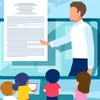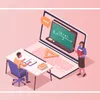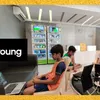Schools will come back but never be 100 pc analogue anymore: Toppr founder Zishaan Hayath
In an exclusive interview with YourStory, Toppr Founder and CEO Zishaan Hayath talks about the dramatic and irreversible changes in education due to COVID-19 that led to a 9X growth for the edtech startup. Toppr is targeting EBITDA profitability by early 2022.
It is the best of times, it is the worst of times…for an edtech startup.
This is true for anywhere in the world, but more so in India, which has one of the largest student populations running into hundreds of millions.
With offline education facing a crisis of continuity in the pandemic, online learning saw growth and new opportunities like never before.
Toppr, among India’s leading edtech startups in the K-12 space, claims it witnessed a 9X growth in traffic post the lockdown-led nationwide school closures.
Its users grew from 15 million to 35 million in nine-odd months, it launched new products almost overnight, and — like several others in edtech —“reimagined and reinvented” learning delivery via tech.
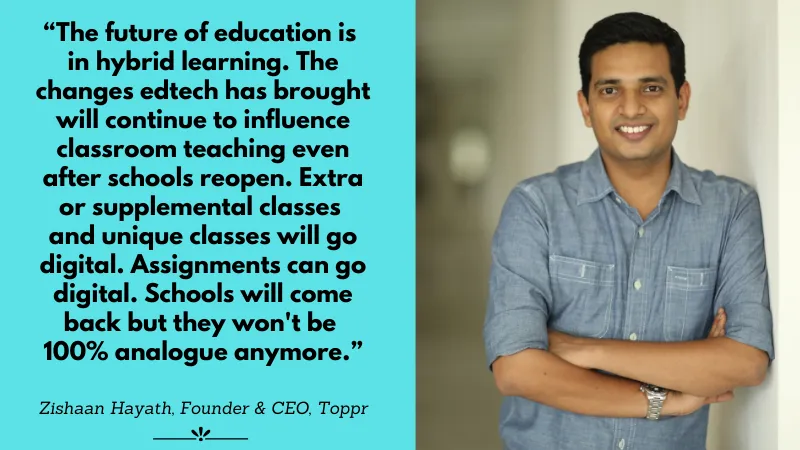
With great power comes great responsibility, they say.
Edtech startups are now tasked with the responsibility of maintaining the momentum in remote learning, scaling it to newer heights, penetrating non-metro areas that lack digital infrastructure for online classes, and catering to what is being seen as an “irreversible” behavioural change in students, teachers, schools, and all other stakeholders in the education system.
In an exclusive interview with YourStory, Toppr Founder and CEO Zishaan Hayath talks about the dramatic changes in education, Toppr’s sharp growth in the pandemic, opportunities and challenges for edtech startups in the new normal, impact of NEP 2020 on K-12 education, and if physical classrooms are ever coming back.
Edited excerpts:
YourStory (YS): What did 2020 mean for Toppr given you existed in the online learning space way before the pandemic began? Were there any advantages over companies that had to move online forcibly?
Zishaan Hayath (ZH): 2020 gave us an opportunity to generate trials, create more awareness, and above all, bring a behavioural change that is difficult to reverse.
We benefited from the increased mindshare and saw a 9X growth in traffic on our platform. This was possible because of our comprehensive platform offering — video classes, live classes, practice, test series, doubt solving, etc. — all coming together to create a complete learning experience, something that Toppr has advocated since inception.
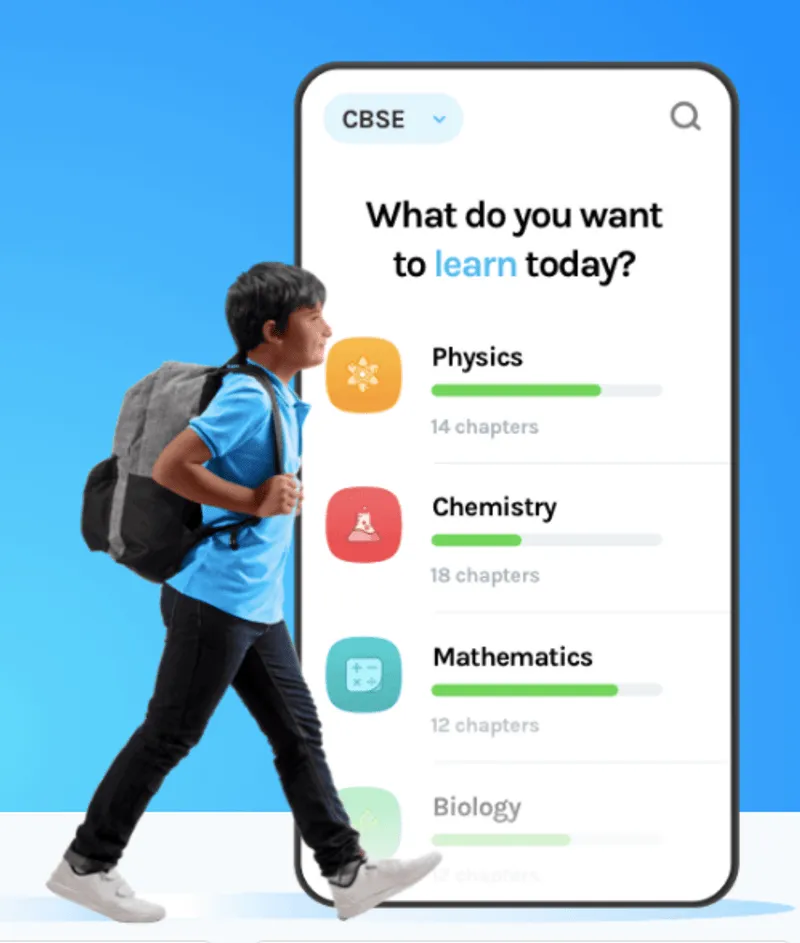
YS: Talk us through the initial days of the lockdown when there was total chaos. You’d shared some impressive numbers on Twitter from those initial weeks. What was the immediate impact on Toppr’s growth?
ZH: The sudden lockdown caught us all by surprise. While we were adapting to the new style of working from home, school closures halted student learning almost universally.
So, the first thing we did was make live classes free for all students. Almost immediately, we saw a huge uptick in both users and their engagement on the platform, indicative of the increased mindshare we talked about.
A year ago, we had six to seven million users on our platform. By mid-2020, that number was 15 million, and today, we are at 35 million.
Engagement and frequency of usage saw a steady rise too. Total time spent has grown by over 600 percent, with students spending about two hours per day on Toppr.
YS: Did Toppr do anything fundamentally different to deal with the sudden surge in new users? How did you ease their onboarding?
ZH: Acknowledging all stakeholders in the education ecosystem, we took two major steps. a) We made it easier for parents to enrol their kids on our platform by providing more flexibility in packages based on requirements and paying capacity. b) In July, we launched School OS to provide one integrated platform for all stakeholders in the schooling system, i.e., students, teachers, school administrators, and parents. School OS enables teachers to do what they do the best — teach — while it takes care of learning material and technology.
We also launched Toppr Codr (live 1:1 coding classes for kids aged 6-18) and Toppr Answr (a free 24X7 help app to guide students step-by-step on homework).
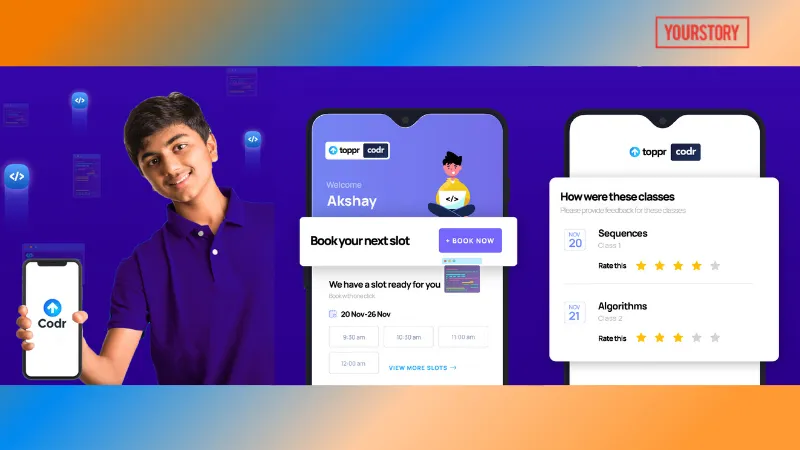
YS: Describe the School OS product. What were the gaps you identified in the learning delivery space that led to it? And how challenging was it to get a new product running in such quick time?
ZH: During the lockdown, everyone had to unlearn a set of skills and learn new ones to familiarise, reimagine, and reinvent the education system.
For the past seven years, we’d been thinking about products from students’ perspective, but when the pandemic hit, we went back to the drawing board to rebuild it from schools’ and teachers’ POV.
We took everything we had, questioned every aspect and feature, and then put together a new platform, in record time (2-2.5 months) to serve all stakeholders effectively.
YS: How has the response to School OS been? Tell us more about the platform’s features and how it stands out in a cluttered market.
ZH: We built School OS in close collaboration with schools keeping their needs in mind. For example, sending multiple meeting links and creating digital content for each class can be a tedious process for teachers.
We took their feedback right at the product development phase, and consequently, we received phenomenal response from teachers, administrators, and students. Last month, teachers conducted nearly 1,90,000 unique lectures on School OS.
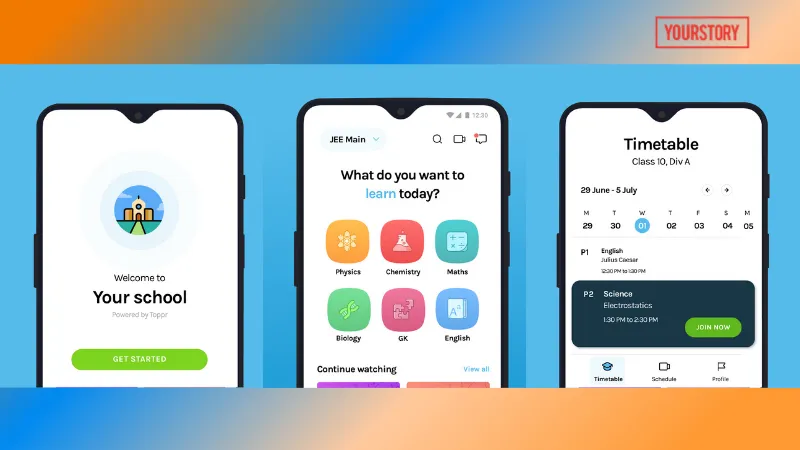
School OS is the first-of-its-kind product that brings together (i) user management system, (ii) learning management system, (iii) content partner, and (iv) live-class solution, and more into one platform.
It is built on our ethos of personalisation, high-quality UX, and deep content. We aim to reach one million daily active users and onboard 3,000 schools across 50 cities on School OS. We have also collaborated with the Ryan Group of Schools.
YS: You've spoken about unifying in-school and after-school learning in a standardised yet personalised product? How are you doing that?
ZH: Offline coaching can be highly inefficient. There are cost inefficiencies, varying quality standards, and a lack of visibility of what is being taught in schools.
Until last year, Toppr only focused on assisting students with after-school learning such as conceptual clarity, exam prep, doubt solving, etc. We not only wanted to create a more effective and accessible after-school learning app, but also unify it with in-school learning.
This approach helps improve learning outcomes for students, enables school administrators and teachers to adopt technology and better pedagogy, and overall, makes learning personalised for every student.
Our new offerings will provide a comprehensive experience that takes into account students’ curricular and extracurricular learning, in school and outside school.

YS: How are Toppr's other verticals shaping up? With several players entering K-12 and test prep, and acquiring specialised players in each segment, how do you plan to stay differentiated from the competition?
ZH: Being a product-first company, Toppr has already established itself as the highest K-12 traffic destination in India, with 35 million MAUs and over two million DAUs. While some may decide to spend on marketing, we diligently invest in creating a product that students love.
We have grown Toppr from a test-prep app to one of the most comprehensive learning apps for students. Our offerings span across 22 school boards, 17 subjects, and 58 competitive exams, and we continue to expand our content library and community of over 85,000 expert tutors to cover all school boards across India.
To make learning personalised for millions, we’ve built a recommendation engine with proprietary ML algorithms trained over one billion attempts. We’ve also added AI-powered live doubts for 24x7 assistance, personalised mock tests, and live classes.
We will continue to evolve our products and firmly establish ourselves as a leading edtech player in the K-12 segment.
YS: Tell us about your entry into the live coding space with Toppr Codr. Do generalist edtech players like Toppr have an advantage over pureplay coding platforms since you already have a user base to cross-sell to?
ZH: With many students finding coding tedious, our coding curriculum with Toppr Codr makes it engaging and fun through gamification. The course is divided into three sections — basic, standard, and premium.
With NEP 2020 including coding and analytical thinking in early grades of the school curriculum, one cannot look at coding as a standalone course anymore.
So, there is a definite advantage over pureplay coding players as Toppr Codr complements the K-12 and test prep segments as compared to providing a standalone course experience.

Coding for kids is already a $14 billion market in India
YS: How do you reckon the live coding space will shape up in future? Is it a passing fad or is there a sustainable business to be built here?
ZH: Toppr Codr has witnessed 4X month-on-month growth in user base since launch in July 2020. We have been actively involved in content creation, teacher selection, and overall project curation., and invested heavily into hiring, operations, technology, and marketing.
As coding becomes a necessity for a wide range of professions other than engineering and medical, parents are beginning to understand the importance of teaching it from an early age.
YS: Education experts say that if 2020 was about “online learning”, 2021 would be about “hybrid learning”. As one of the key operators, how do you see education unfolding once offline life resumes?
ZH: I couldn’t agree more. The future of education is in hybrid learning — a mix of classroom learning and technology infrastructure. The changes edtech has brought will continue to influence classroom teaching even after schools reopen.
As a result, more schools will be using technology in their day-to-day classes. Extra or supplemental classes and unique classes will go digital. Assignments can go digital and so can their corrections.
Teachers will automate non-core activities like attendance, assignment evaluation and tests. Parents can be more aware of what is being taught in their children’s classes. They won’t need to take a full day off from work to attend PTMs.
Schools and other offline institutions will come back but they will never be 100 percent analogue anymore. The innovation in teaching and learning processes will be crucial to drive stickiness.
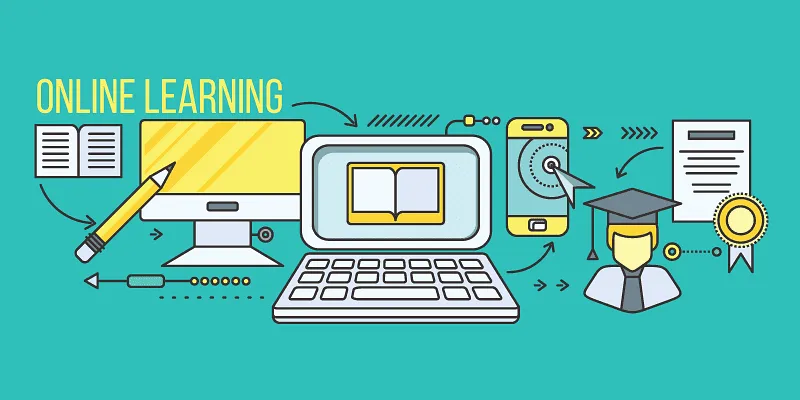
YS: What is the business opportunity around getting schools to adopt a hybrid model of teaching? How will B2B edtech platforms take off?
ZH: The market for school-centric products is relatively nascent. Most players focus on a single aspect such as offline curriculum, schedule management, testing or automated assessments, and fail to provide a comprehensive solution to schools.
We believe School OS, with its one-stop-solution, is going to be a category-creating product, and is placed similar to how learning apps were back in 2015.
YS: What will be the impact of NEP 2020? Is it really a “game-changer”? Will there be more public and private funds dedicated to the education sector now? How do edtech startups gain from the policy?
ZH: Yes, NEP 2020 has introduced some great changes. Further guidelines on its implementation plan and investments will be key to enhancing immersive learning and reinforcing skill development at par with global education standards.
The new policy aims to increase public investment to six percent of GDP versus the current 4.6 percent. That is a good sign. Class 10 and 12 board examinations will be made easier to test core competencies rather than memorised facts, with all students allowed to take the exam twice.
With the government targeting 100 percent Gross Enrolment Ratio (GER) in early school education by 2030, we now have the opportunity to explore Grade 1-4 learning and target students right from an age of 5-6, which has been recognised globally as the crucial stage for the development of a child.

YS: Several of your peers have ramped up their inorganic growth through serial acquisitions. Some are doing a bit of a land grab now. How are you assessing M&As?
ZH: ‘Learning apps’ is a multi-dimensional product where several learning modules have to come together to create a complete learning experience — something that Toppr has advocated since inception.
Several companies in the sector started by building [just] one module and hence, probably are looking at acquisitions. We are a product-first company and prefer to build rather than acquire in order to ensure a seamless experience.
YS: Talk about your funding rounds in 2020. You’ve got a new set of investors... How do you plan to utilise the fresh funds?
ZH: In July last year, we raised Rs 350 crore in Series D funding, led by Foundation Holdings. Existing backers, including Kaizen PE, also participated in the round.
We used the funds to accelerate the development of our new platforms, School OS and Toppr Codr. We have raised more than $110 million till date, from marquee investors including SAIF Partners, Helion Venture Partners, Eight Roads Ventures, Kaizen PE, and Foundation Holdings.
YS: You recently tweeted about hiring tech talent and how it is easier to get good people today than it was five years ago. Elaborate on that… What are the most important skill sets required in an edtech startup?
ZH: Hiring good talent has always been challenging. However, given the growing market and favourable trends in the edtech space, more people are willing to take the plunge now.

Startups need people who possess the hustle, speed, and smarts to learn fast and grow. With edtech startups touching the lives of the youngest generation, we need an additional element — empathy — for students and parents who're trying to get the best education. Understanding the consumer is difficult and key to our success.
YS: Are you playing the valuation game like some of your peers? Where do you target to be in 2025? And is Toppr profitable yet?
ZH: Creation of economic value is critical. We’ve always taken a long-term view. We believe that multiple unicorns, rather decacorns, will exist in India in the mid-long term, and Toppr will be one of them.
We have the right product-market fit and scalable business model: a comprehensive platform, high gross margins, and positive contribution margin. We’re targeting EBITDA profitability by early next year.
YS: Lastly, what is the best and worst thing about being an online education company in India in 2021?
ZH: The best thing is that the market is maturing and accepting now. From schools and students to investors, everyone is opening up to the idea of technology and its importance in our education system.
However, it is extremely important to stay focused on what you want to build versus what might be alluring in the short term. Many education companies, especially edtech startups, will jump at the COVID-19 opportunity and build for meeting short-term needs. Our suggestion is that — don’t fall in the trap.
Edited by Saheli Sen Gupta





